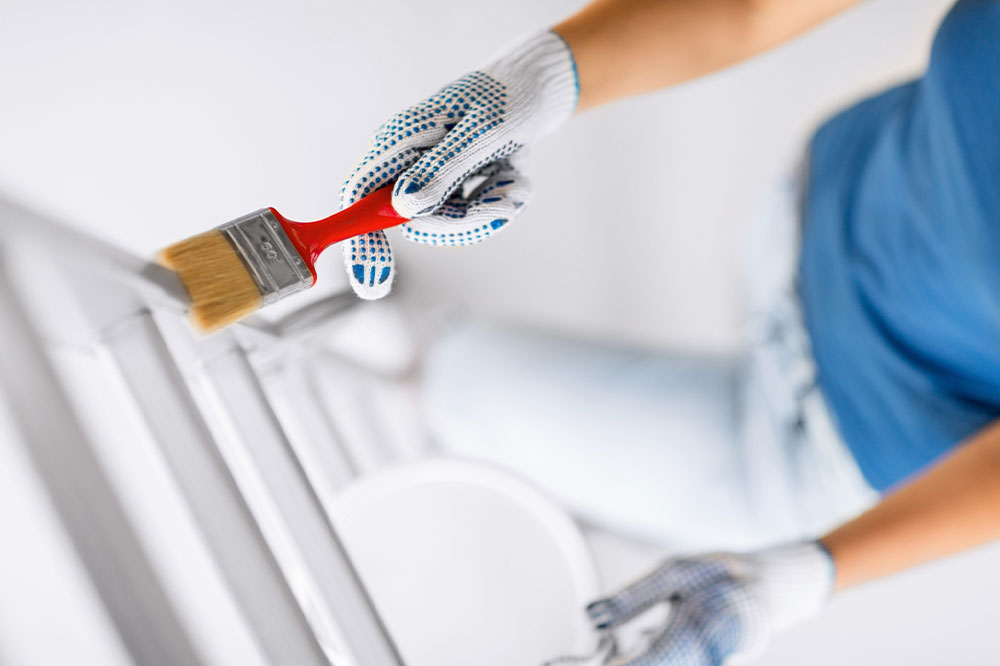15 common home renovation mistakes to avoid

Renovating a home can be a thrilling endeavor, promising to breathe new life into one’s living space, amplify its value, and tailor it to one’s unique needs. But without meticulous planning and execution, this endeavor can morph into a costly and frustrating nightmare. As a homeowner, understanding renovation pitfalls is important to avoid unnecessary stress, delays, and financial setbacks. Here are some common home renovation mistakes to avoid for a smooth process.
Ignoring permits and regulations
Neglecting to obtain the necessary permits and ignoring local building codes can lead to fines, delays, and even having to undo completed work. One should check with the local authorities and ensure that one’s renovation adheres to the required regulations.
Neglecting structural issues
Before embarking on cosmetic renovations, one should address any underlying structural issues in their home. These may include foundation problems, roofing issues, or termite damage. Addressing these issues early on will prevent further damage and ensure safety.
Failing to plan for contingencies
Home renovations can quickly become more expensive than what was initially anticipated. In addition to the costs of materials and labor, one should factor in additional expenses like permits, inspections, shipping, and other unforeseen costs. One can set aside a contingency budget of around 10-15% of the project cost.
Hiring unqualified contractors
Choosing the wrong contractors can lead to shoddy workmanship, missed deadlines, and disputes. One is advised to research, read reviews, and check references before hiring any professionals. Ensure that the contractor is licensed, insured, and experienced in handling similar projects.
Sacrificing quality for savings
While it’s essential to be mindful of one’s budget, cutting corners and opting for low-quality materials and finishes can result in higher maintenance costs and a shorter lifespan for the renovated spaces.
Not tracking the progress
One needs to clearly convey their expectations to the contractors and ensure that both parties understand the scope of work, the timeline, and any potential challenges. One should also regularly monitor the progress to address any concerns promptly.
Overlooking storage and functionality
Esthetics are essential, but one should not ignore the functionality and storage needs of their home. It is important to plan for necessary storage solutions and design spaces that cater to one’s lifestyle and also has room to accommodate the family’s changing needs.
Changing one’s mind midway
While some changes are inevitable, making frequent alterations to the design midway through the renovation can lead to delays and increased costs. One should try to finalize the design choices before starting the project and stick to the plan unless absolutely necessary.
Neglecting safety measures
Skimping on safety equipment and protocols during renovation can be dangerous. One should ensure that the worksite is safe for both workers and residents. One can use caution tape and barriers to prevent access to hazardous areas.
Not seeking professional help
While DIY projects can be cost-effective, not seeking professional help for complex renovations like electrical work or structural changes can result in safety hazards and shoddy craftsmanship.
Buying new furniture early on
It might be tempting to shop for new furniture and décor pieces while the renovation project is ongoing, but doing so can lead to buying furniture that doesn’t fit or complement the renovation outcome.
Making measurement errors
Whether it’s the dimensions of a room, the placement of fixtures, or the sizing of materials, even small measurement errors can lead to costly mistakes. One should always double-check measurements, use precise tools, and consider the space from various angles to avoid ordering incorrect materials or making irreversible changes.
Not testing materials and finishes
Before committing to specific materials and finishes, it is essential to test samples in one’s home’s lighting conditions. Colors and textures can appear different in different lighting, and testing will help one to make an informed decision.
Disregarding the HVAC System
If one’s renovation involves altering the layout, it is crucial to assess the capacity of one’s HVAC system, which stands for Heating, Ventilation, and Air Conditioning. An outdated HVAC system will struggle to efficiently heat and cool one’s home, leading to discomfort and higher energy bills.
Overlooking proper ventilation
Areas like kitchens and bathrooms require adequate ventilation to prevent mold growth, odors, and moisture-related damage. One should ensure that the renovation involves installing proper ventilation systems, such as exhaust fans and range hoods, to maintain a healthy indoor environment.
Home renovations can be immensely rewarding, and a thoughtful and strategic approach to the process will result in a beautiful, functional, and enjoyable living space for years to come.